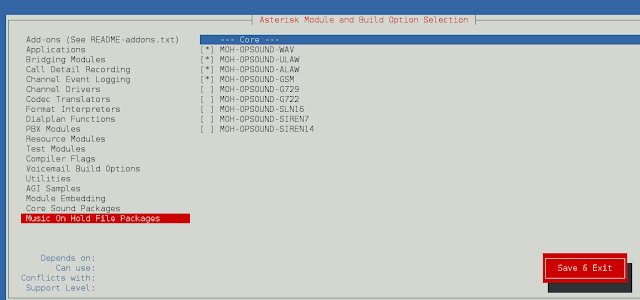The XAxis.set_tick_params() function in axis module of matplotlib library is used to set appearance parameters for ticks, ticklabels, and gridlines.
Syntax: XAxis.set_tick_params(self, which=’major’, reset=False, **kw)
Parameters: This method accepts the following parameters.
- which: This parameter is the used to which axis to apply the parameters to.
Return value: This method does not returns any value.
Below examples illustrate the matplotlib.axis.XAxis.set_tick_params() function in matplotlib.axis:
Example 1:
Python3
# Implementation of matplotlib function import matplotlib.pyplot as plt import numpy as np t = np.arange(0.1, 3.0, 0.04) fig, ax1 = plt.subplots() ax1.plot(t, np.sin(4*np.pi * t)) ax1.grid(True) ax1.set_ylim((-3, 3)) ax1.xaxis.set_tick_params(labelcolor='r') ax1.yaxis.set_tick_params(labelcolor='g') plt.title('matplotlib.axis.XAxis.set_tick_params() function Example', fontweight="bold") plt.show() |
Output:

Example 2:
Python3
# Implementation of matplotlib function import matplotlib.pyplot as plt from matplotlib.dates import (YEARLY, DateFormatter, rrulewrapper, RRuleLocator, drange) import numpy as np import datetime np.random.seed(19680801) Val1 = rrulewrapper(YEARLY, byeaster=1, interval=5) Val2 = RRuleLocator(Val1) formatter = DateFormatter('%y/%m/%d') date1 = datetime.date(2002, 2, 3) date2 = datetime.date(2010, 5, 14) delta = datetime.timedelta(days=10) dates = drange(date1, date2, delta) s = np.random.rand(len(dates)) fig, ax = plt.subplots() plt.plot_date(dates, s, 'go') ax.xaxis.set_major_locator(Val2) ax.xaxis.set_major_formatter(formatter) ax.xaxis.set_tick_params(rotation=25, labelsize=10, labelcolor="g") ax.yaxis.set_tick_params(rotation=25, labelsize=12, labelcolor="r") plt.title('matplotlib.axis.XAxis.set_tick_params()\n\ function Example', fontweight="bold") plt.show() |
Output:





